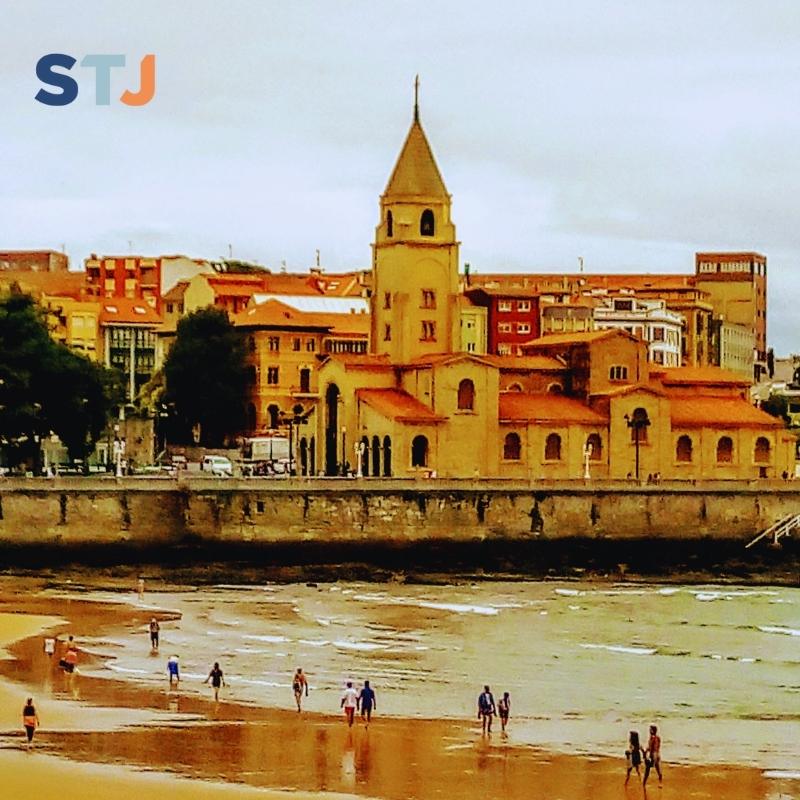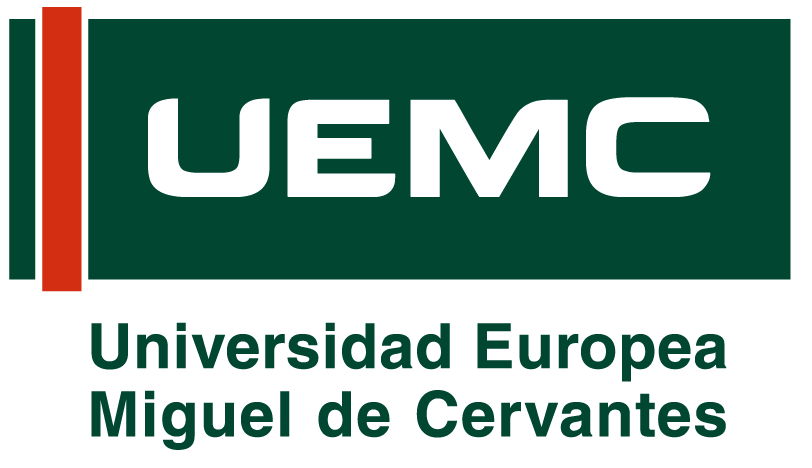By Covadonga Riesco.
“Our biggest challenge is maintaining a balance between tourism development and our residents’ quality of life”
With over 20 years of experience in tourism and the last five focused on city promotion, Daniel Martínez Junquera leads Visit Gijón and serves as Deputy Manager of Business and Tourism Promotion for the City Council. He’s responsible for developing and implementing strategies to position Gijón as a tourist destination, both for leisure and MICE (Meetings, Incentives, Conferences, and Events) sectors.
The main challenges for this coastal city, the most populous in Asturias (Northern Spain), include tourism seasonality, the need to adapt promotional strategies for diverse audiences, and competition with other national and international destinations. From his department, he faces “the constant need to innovate and enhance our tourism offerings while maintaining sustainability and respect for our environment and local community.”

A Focus on Cultural, Culinary, and Nature Tourism
Tourism in Gijón has grown significantly, especially in the past 5 years following the pandemic. “We’ve seen an increase in international visitors thanks to improved connectivity,” Daniel notes, “with a greater focus on cultural, culinary, and nature tourism.” His team has also succeeded in “positioning Gijón as a competitive MICE destination, attracting more international conferences and events.”
When asked about their main tourism promotion strategies, the Tourism Director points to their strong social media presence, digital marketing campaigns targeting different tourist segments, and participation in international tourism fairs and events. He particularly emphasizes “close collaboration with travel agencies and tour operators to promote our tourism products” and considers sustainability “a cornerstone of our campaigns, which highlight our beaches, people, and local cuisine.”
Community Engagement: Key to Enhancing Visitor Experience
For Daniel, social media and digital marketing are essential tools. “We use platforms like Instagram, Facebook, and TikTok to create engaging visual content that showcases our city’s attractions. We also collaborate extensively with content creators. Additionally,” he continues, “we implement targeted digital advertising campaigns adapted to different tourist profiles and international markets. Direct interaction with tourists and the community on these platforms allows us to receive immediate feedback, which is crucial for improving visitor experience.”
Sustainable and Responsible Tourism Experiences Take Priority
The typical Gijón tourist falls into two main categories: family travelers seeking cultural activities, nature experiences, and alternative culture; and business or conference travelers who choose Gijón for its infrastructure and range of activities. Regarding tourism trends, Martínez Junquera highlights the growing demand for sustainable and responsible tourism. “Tourists are looking for authentic experiences that respect the environment. Experience-based tourism, including food tours, local culture, and outdoor activities, is booming. We’re also seeing increased interest in wellness and slow tourism.”
Responsible and sustainable tourism is a priority in Gijón City Council’s strategies. “We’re implementing practices that promote environmental respect, preservation of our local community, and our identity. Responsible tourism initiatives are key to our campaigns, and we’re improving tourism infrastructure with an ecological focus,” says the Tourism Director. They achieve this through close collaboration with local businesses, tourism associations, tour guides, and the Chamber of Commerce, among others.
Accessibility and Diversification Join Improved Tourist Signage and Digitalization
All this is essential for the coordinated development of various initiatives, such as improving tourist signage, digitalizing city information, and creating new sustainable tourism routes. “We’re also working on improving accessibility for people with reduced mobility and expanding tourism services in less-visited areas to diversify our offerings,” he emphasizes.
When asked about future projects to promote tourism in the city, Daniel Martínez previews the launch of a new campaign to position Gijón as a MICE tourism destination, “emphasizing our city’s sustainability and quality of life” and creating new tourism products closely linked to digital experiences. “We also see great potential in promoting the destination within the sports segment,” he adds. “But our biggest medium-term challenge,” he asserts, “is maintaining balance between a growing sector and preserving our local community and identity. Losing that would turn us into a destination without soul.”
Goal: Balancing Tourist Needs with Resident Well-being
To measure the success of their tourism promotion strategies, they use indicators such as visitor numbers, hotel occupancy, average tourist spending, and visitor satisfaction. “We evaluate the economic impact on the city, especially in terms of job creation and contribution to local commerce.” The economic impact is substantial, “contributing to job creation, hospitality development, local commerce, and related sectors. We’re talking about annual revenue of around 520 million euros and nearly 13% of total employment.”
Finding the balance between tourist needs and resident well-being is essential. “To achieve this,” concludes the Visit Gijón director, “we promote responsible tourism that respects the environment and residents’ daily lives. We also work on projects that benefit both tourists and residents, such as improving public spaces, creating activities that involve the local community, and promoting tourism that doesn’t create overcrowding or congestion.”
This article is part of the practical work carried out by the students of the Master’s in Travel Journalism.

